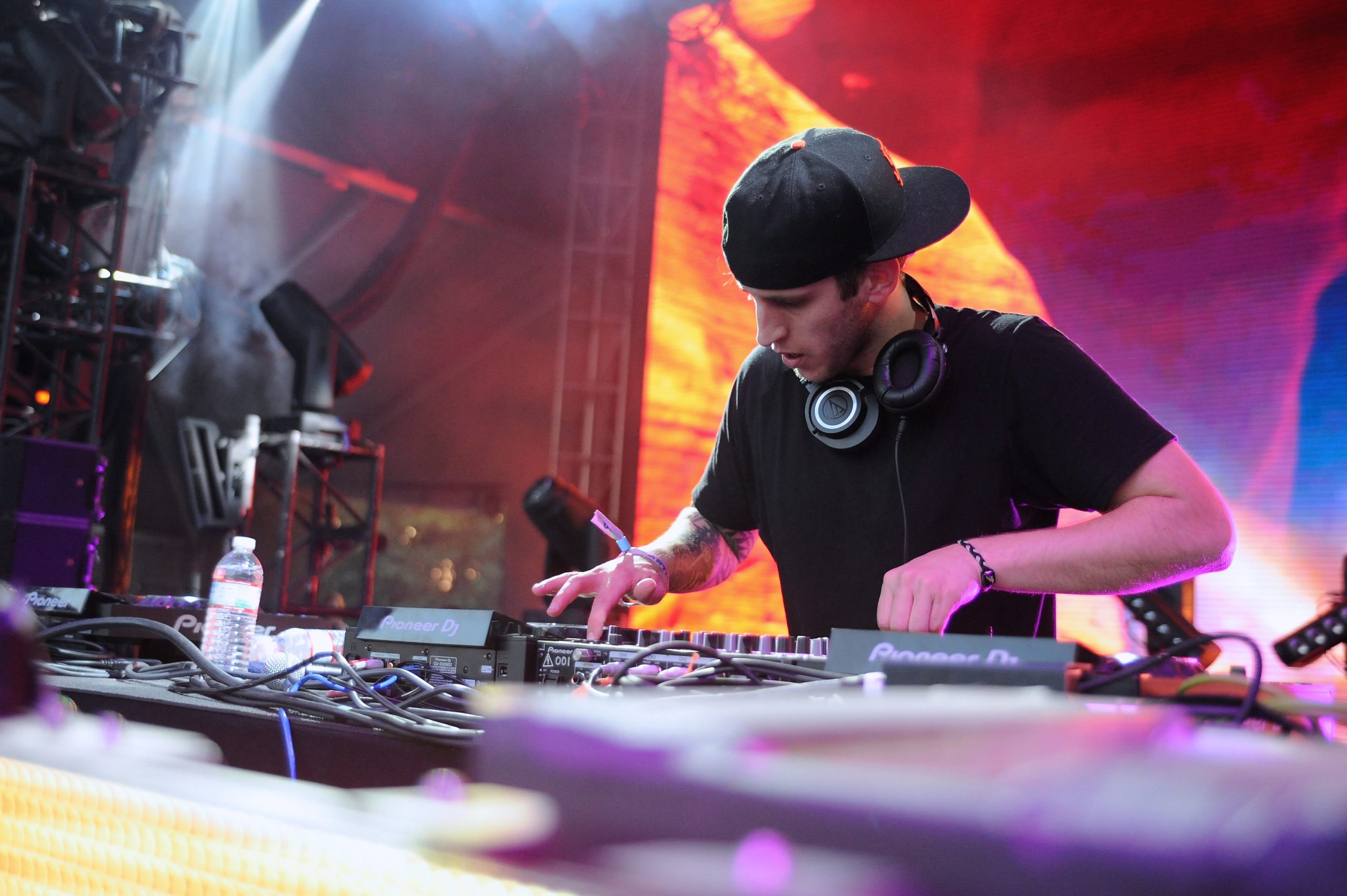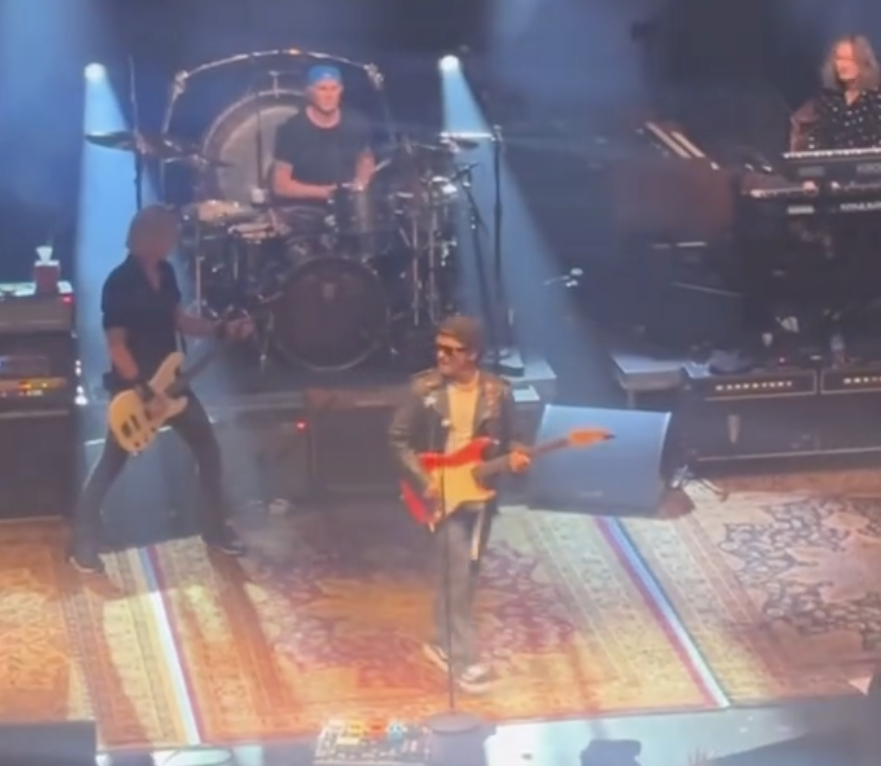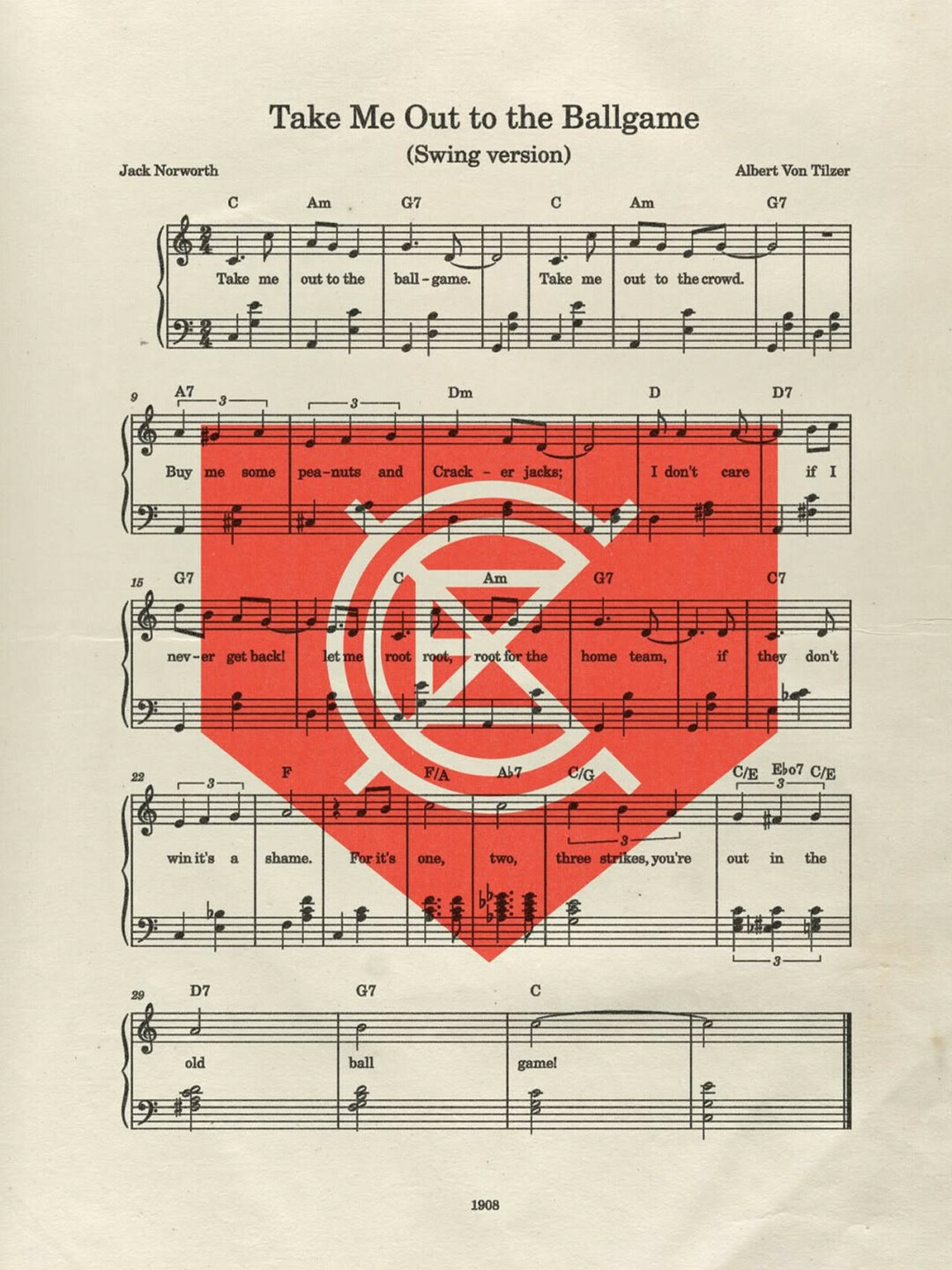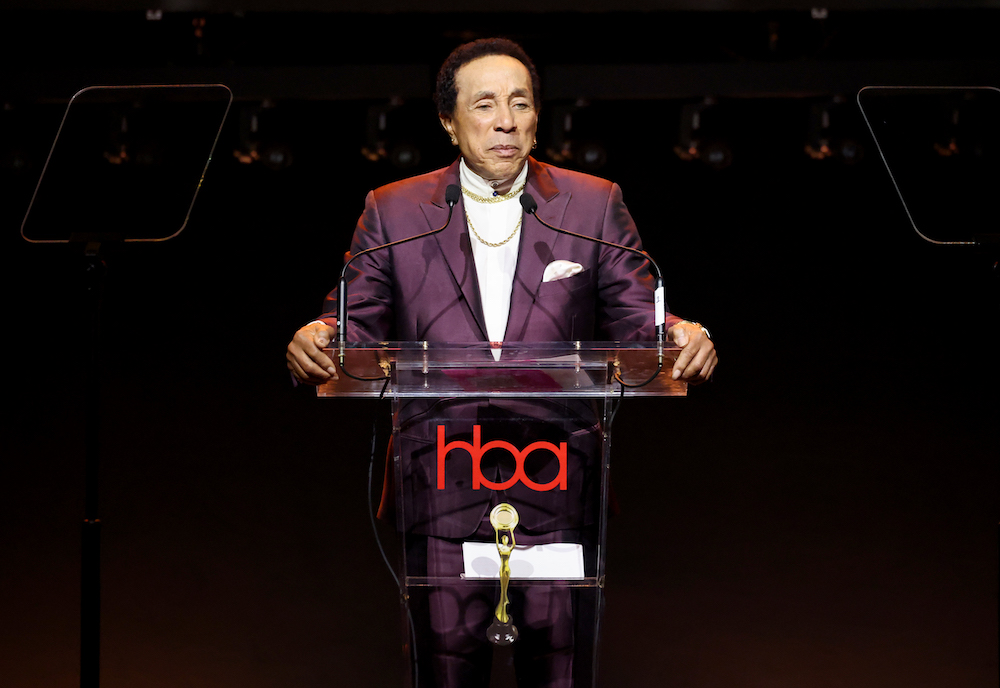At 20 years old, Andre Benz may not be old enough to get into clubs or order a beer. But during the past five years he has become one of the most powerful tastemakers in electronic music, combing through new tracks and featuring favorites on his YouTube channels Trap Nation, Chill Nation and Rap Nation, which he launched in high school.
"By the end of senior year I was already making enough capital to hire employees and expand," says Benz, whose channels count a combined 20 million subscribers -- more than Spotify's most popular playlist -- while Trap Nation alone has logged nearly 5 billion views. Benz now has eight full-time employees and three part-time contractors in a Los Angeles office he opened in 2016 and has begun signing artists to Lowly Palace, his in-house label. Earlier in June, a Trap Nation-branded art car rolled through the Electric Daisy Carnival (EDC) in Las Vegas.
Benz is one of a handful of music curators raking in ad revenue from YouTube while growing their brands offline, as music fans hunt for new favorites amid the platform's vast sea of content. While other streamers tout curators such as Apple Music's Zane Lowe and Spotify's Tuma Basa, YouTube has bred a more mysterious crew of music connoisseurs, whose operations are ballooning along with YouTube's global user base of over 1 billion. A typical music-curation channel with 10 million subscribers can generate about $125,000 a month, or $1.5 million a year, in ad revenue, while some top curators are now earning 30 percent of their money from offline ventures, sources tell Billboard.
Monstercat, a YouTube curation project-turned-record label started by two Vancouver college students, will have its own stage at Belgium's Tomorrowland festival in July, featuring stars it has promoted in the past like Krewella and Snails. MrSuicideSheep, a 25-year-old YouTube curator also based in Vancouver, has amassed 6.7 million subscribers since 2010 and spends his days wading through music, meeting with artists and managers, and building his label, Seeking Blue.
Today's curation stars, who typically keep 100 percent of the ad revenue in exchange for promotion, were able to build their brands at a time when users could upload whatever they liked without having to worry about licensing or copyright strikes. (After three strikes, YouTube will terminate a channel.) Now that these curators boast millions of subscribers and billions of views, many artists and labels are willing to let them showcase their songs without sharing much, if any, of the return.
Big curators also feature links alongside videos to artists' music and merchandise, giving their channels more promotional value, in some cases, than placement on a Spotify playlist, says MrSuicideSheep. And it's paying off: Bass producer Illenium released a remix of The Chainsmokers' "Don't Let Me Down" on Trap Nation at the same time his debut album, Ashes, came out on Seeking Blue; the remix clocked 233 million views, and Illenium has performed at Bonnaroo and EDC this year already.
YouTube has been updating its own curation system, incorporating record labels' promotional priorities into its algorithm that suggests what viewers should watch next. Still, Josh Carr-Hilton, whose company helps manage Trap Nation, MrSuicideSheep and others, says there's plenty of room for independent curation channels to grow: "They're finding the raw, undiscovered talent."
This story originally appeared on Billboard.






